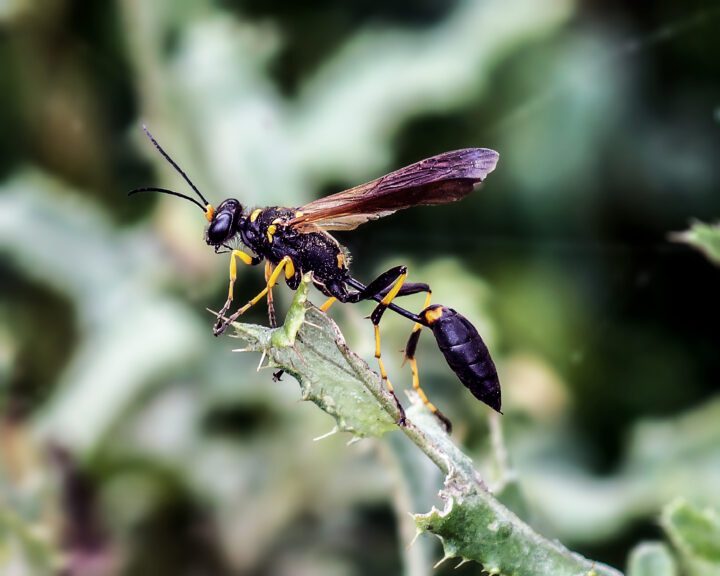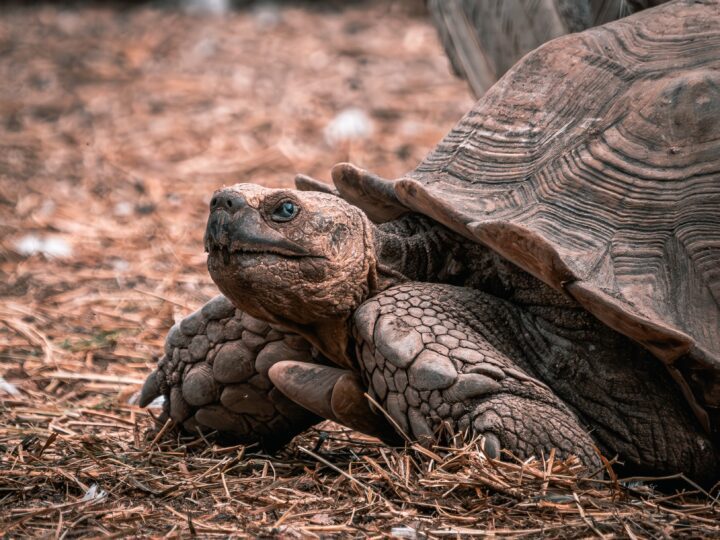Attach Permanently
A living system can conserve energy by attaching permanently to a particular site because it can take advantage of resources that come its way, rather than expending energy to move to resources. A permanent attachment, intended to last the lifetime of the living system, creates special challenges. For example, physical mechanisms, such as the anchor that holds a marine algae to the ocean’s bottom, must be able to withstand forces that can pull it off its substrate. Chemical mechanisms, such as a barnacle’s glue, must avoid both physical and chemical breakdown, such as being dissolved by water.
Physically Assemble Structure
Living systems use physical materials to create structures to serve as protection, insulation, and other purposes. These structures can be internal (within or attached to the system itself), such as cell membranes, shells, and fur. They can also be external (detached), such as nests, burrows, cocoons, or webs. Because physical materials are limited and the energy required to gather and create new structures is costly, living systems must use both conservatively. Therefore, they optimize the structures’ size, weight, and density. For example, weaver birds use two types of vegetation to create their nests: strong, a few stiff fibers and numerous thin fibers. Combined, they make a strong, yet flexible, nest. An example of an internal structure is a bird’s bone. The bone is comprised of a mineral matrix assembled to create strong cross-supports and a tubular outer surface filled with air to minimize weight.





